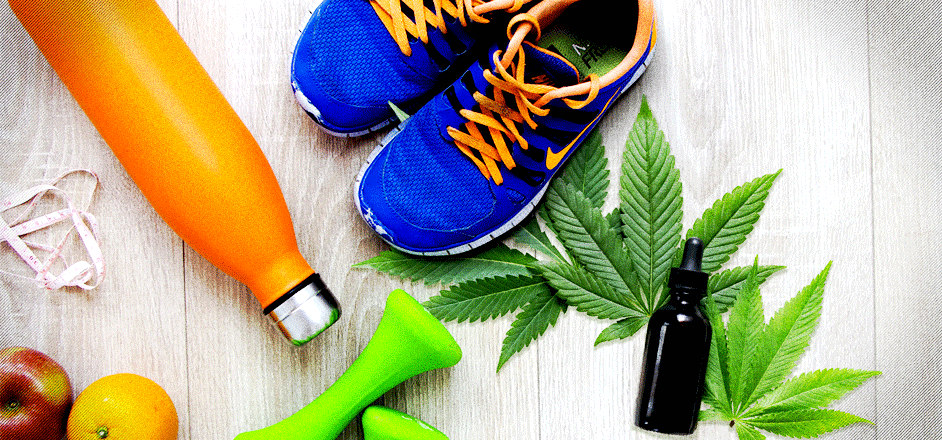The couch potato myth of cannabis is dying in the stereotype-bongwater it was born in.
As more states start to recreationally legalize cannabis and more Americans start experimenting with the drug, people are realizing that cannabis isn’t just good for unwinding at the end of a long day, or relaxing into a music album — it’s also a pretty nice workout supplement.
In fact, over 80-percent of over 600 cannabis users interviewed for a study, done by the University of Colorado, said that they mix getting high and working out. Which is to say, most cannabis users are getting high and getting active, going for a run, lifting weights, hitting a yoga class, boxing, rolling, slack lining, climbing or whatever it is they’re into.
It’s something I can attest to from personal experience. Yoga, in my humble opinion is one of those sports that is dramatically enhanced with a little green buzz. Just like skiing. Just like hiking.
Then, you have events like Denver’s recent “High Rollers” competition — a Jujitsu competition where competitors blazed up and got down to the business of choking, locking and tapping each other out.
There’s even places like Jennessa Lea’s cannabis gym opening up, where members can use cannabis and join in on CrossFit workouts, interval training, yoga classes and more.
“People are like: ‘Oh, I don’t have to sit in my car and smoke weed outside my gym anymore,’” says Lea, who’s gym featured a dab rig for customers to use (BYOC though). “I’m always out there trying to represent the positive healthy lifestyle of cannabis. Because it’s so stigmatized and I’m over being put in that box.”
Long distance runners have long been using cannabis as a workout supplement, to fight nausea and boredom on the trail. But now, as cannabis use proliferates people are finding that it is an enjoyable thing to use for all kinds of different activities: from lifting weights to martial arts and rock climbing.
Until now, though, all of this been anecdotal. The myth of the couch-locked stoner endured because, well, people didn’t know any better. Sure, pot-heads and weed-freaks claimed that cannabis is as nice for exercise as it is for chilling out, but who’s going to believe them? Their brains are already fried from smoking too many marijuana cigarettes. They had that reefer madness.
Well, this CU study, titled “The New Runner’s High? Examining Relationships between Cannabis Use and Exercise Behavior in States With Legalized Cannabis” might finally kill that stereotype. The researchers took a look at over 600 adults who use cannabis, from California, Colorado, Washington, Oregon and Nevada (all of which have recreationally legal cannabis). They asked these participants if they had ever used cannabis within one hour of working out and 492 of them said “yes” — 82 percent.
“We were stunned it was that high,” says senior author Angela Bryan, a professor in the Department of Psychology and Neuroscience and the Institute for Cognitive Science at CU. “There is a stereotype that cannabis use leads people to be lazy and couch-locked and not physically active, but these data suggest that this is not the case.”
Of those who reported using weed before working out, 78 percent said that it boosted their recovery, and 52 percent said it actually heightened their motivation. And, perhaps most interestingly, people who used in combination with exercise got an average of 43 minutes more exercise per week than those who didn’t.
Which, seems to directly contradict that age-old stigma of cannabis users being unmotivated, lazy and generally useless.
But, Bryan is quick to add a disclaimer to her findings: they are not recommending people use cannabis before working out. Nor are they even trying to make the claim that cannabis is good for working out. They are merely pointing out that many adult cannabis users combine getting high with their workouts.
There’s a lot more research to be done in this realm. This study from CU is merely the tip of the iceberg. In the coming years as science delves deeper into the how cannabis affects people’s minds and bodies, we will undoubtedly learn more about how exactly it affects our workouts.
Until then, you’ll just have to try it for yourself if you’re curious.




Leave a Reply